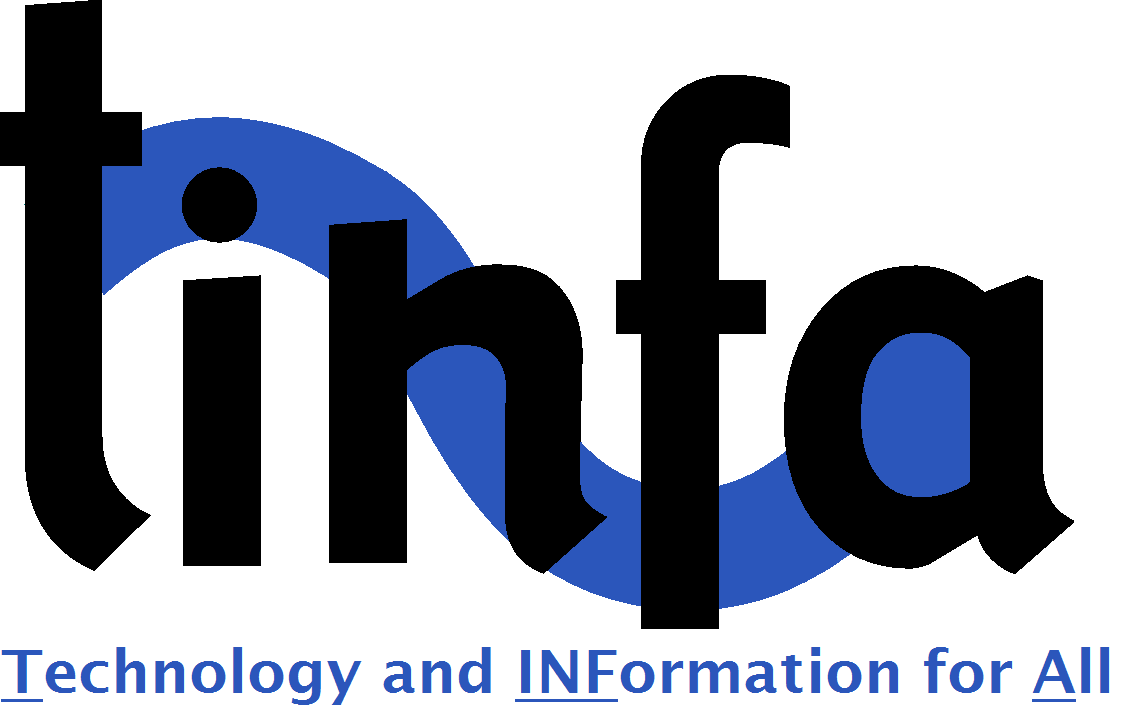Disruptions in the educational systems due to COVID-19 were especially hard for TINFA’s partner schools in Guatemala. Their school year runs from January to October and the population has been in lockdown since March. By May, it was clear that waiting out the pandemic was not an option, and by that time, many teachers had come up with creative solutions, or had rallied behind the initiatives of others, to keep their kids on track with their grade-level curricula.
The training and technology that TINFA provides gave these teachers a head start, and some began experimenting early on with virtual classrooms, messaging forums, and interactive media to keep their students engaged. But these initiatives could reach only a small fraction of the families in the mostly rural communities these schools serve. Internet service is inadequate or absent for about 95% of residences in rural Guatemala, and social-distancing and curfews have restricted access to alternatives.
César Cabrera demonstrating some online instructional material he had developed in May.
The Guatemalan government has accelerated its efforts to provide students with grade-level textbooks from which the teachers can assign lesson plans and exercises for review. But availability is still spotty, and their distribution has been slow. Even where the textbooks are available, teachers who sometimes stray from the government’s official National Basic Curriculum (CNB) are finding the textbooks to be a less than ideal solution.
4th Grade teacher from Escuela La Perla distributing textbooks.
With TINFA’s help, teachers started an initiative in May, to develop and distribute grade-level workbooks to every student of TINFA´s currently active partner schools. It is now on its third revision. TINFA’s role has been to provide a forum for collaboration, to provide training in video conferencing software and other tools for content creation and collaboration. TINFA also covers the costs of their printing and distribution.
The first two packets of instructional material and exercises were distributed, often along with food and school supplies. Nearly all (94%) were completed by the students and returned for evaluation by teachers. Feedback has been positive, and the teachers are generally enthusiastic about continuing with the program. Many have expressed concern that not all their students have a parent or older sibling to turn to for help. A textbook would normally provide the necessary instruction and examples, but in their absence, this material should be available in the worksheets themselves, adding to the time and effort required to produce them. With limited access to technology in their homes—perhaps only a smartphone with a limited data plan—the burden of producing the workbooks falls on a fortunate few.
The second packet of worksheets being distributed at Escuela La Perla in August.
TINFA has been in contact with schools that have graduated from the TINFA program in previous years (2015 to 2019) and made the worksheet guides available to them. Several of our graduated partners decided that they will too distribute the worksheets to their students.
Teachers participating in online training with TINFA.
TINFA is optimistic that through these efforts, by the teachers and directors, the Guatemalan government, and the families, these students will continue learning and advance to their next grade level. TINFA is determined to do its part so that these kids will not be handicapped by the pandemic, and will be equipped with the resources and confidence to continue their education into middle school and beyond.





